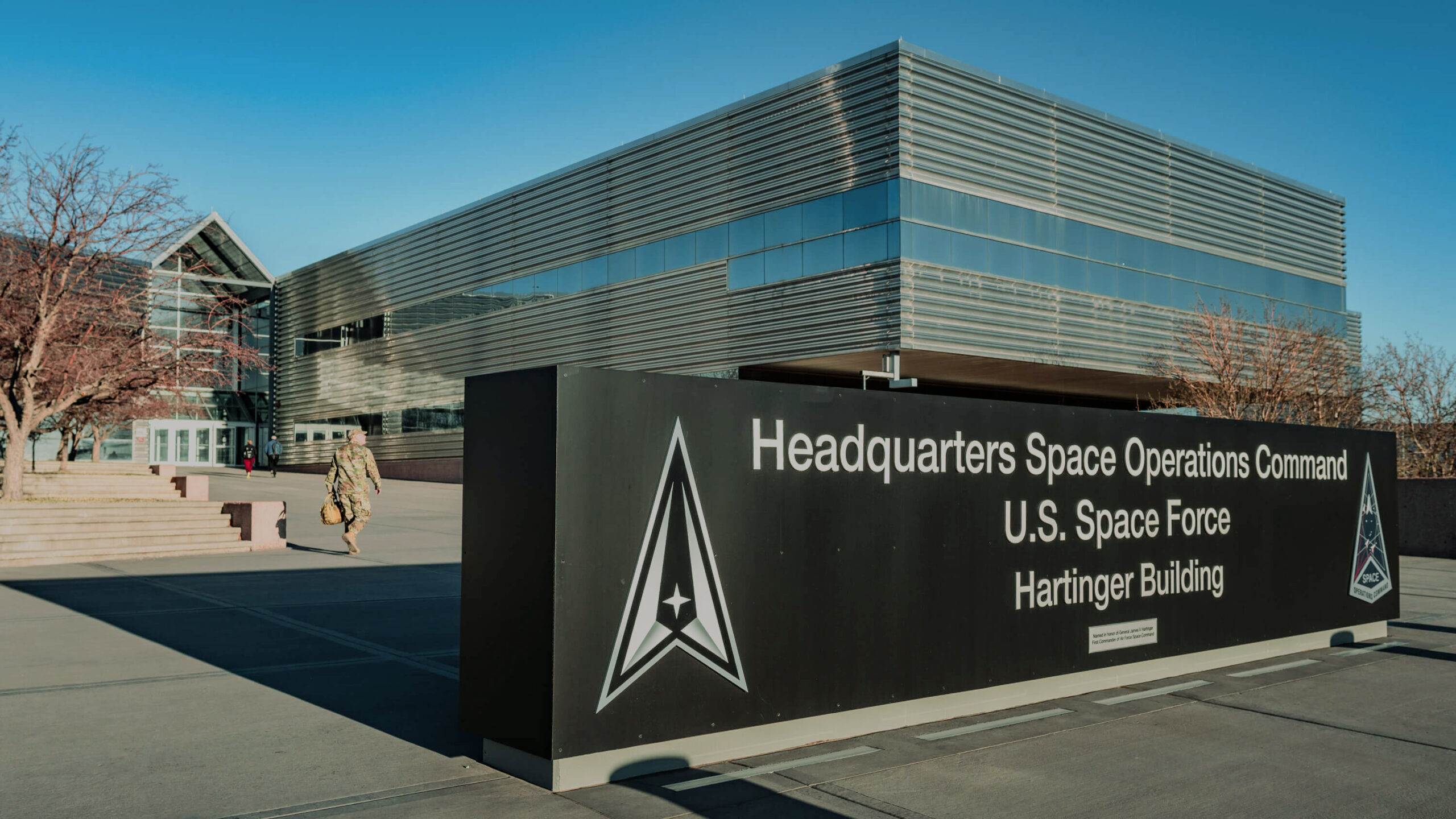Insider Brief
- The U.S. Space Force is calling on the commercial space industry to weigh in on its draft plan for a Commercial Augmentation Space Reserve.
- Released through a request for information, the Space Force’s draft plan includes several questions about whether the proposed incentives are enough to encourage participation from commercial companies.
- The framework proposes two levels of industry involvement. The first level supports regular and surge operations through pre-negotiated agreements. The second level, known as “full CASR execution,” kicks in when the Secretary of Defense orders top-priority support from commercial participants.
- At this point, the Space Force can require companies to cut off service to their other customers, if necessary, to focus on military needs, resulting in concern about the potential loss of income if companies are required to deny service to other customers during a crisis.
- To address this, the RFI asks for feedback on nine proposed incentives, such as early R&D funding, preferred contract status with the Space Force, and financial protections against potential losses if satellites are damaged during operations.
The U.S. Space Force is reportedly calling on the commercial space industry to weigh in on its draft plan for a Commercial Augmentation Space Reserve (CASR). This initiative aims to create a commercial space reserve fleet that supports national security during both peacetime and conflict. Released through a request for information (RFI), the Space Force’s draft plan includes several questions about whether the proposed incentives are enough to encourage participation from commercial companies.
The CASR framework, developed by the Space Systems Command’s Commercial Space Office, led by Col. Rich Kniseley, builds on the concept of the Air Force’s Civil Reserve Air Fleet but adapts it to the unique challenges of space operations. Unlike the Air Force’s model, which involves aircraft, the CASR must account for the diverse capabilities provided by different space systems. This requires a more tailored approach to each mission area.
The framework proposes two levels of industry involvement. The first level supports regular and surge operations through pre-negotiated agreements. The second level, known as “full CASR execution,” kicks in when the Secretary of Defense orders top-priority support from commercial participants.
At this point, the Space Force can require companies to cut off service to their other customers, if necessary, to focus on military needs. A key concern for commercial companies is the potential loss of income if they are required to deny service to other customers during a crisis. To address this, the RFI asks for feedback on nine proposed incentives, such as early R&D funding, preferred contract status with the Space Force, and financial protections against potential losses if satellites are damaged during operations.
The Space Force plans to begin initial CASR pilot contracts soon, with the goal of achieving initial operational capability by fiscal year 2026. The RFI represents an important step in engaging industry stakeholders to ensure that the final CASR framework is both effective and fair, balancing national security needs with commercial interests.
Image credit: US Space Force
Share this article:










